|
Introduction of the artist:
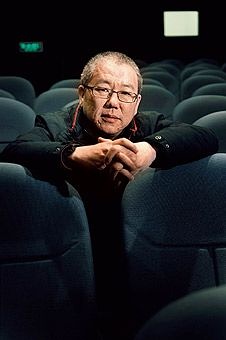
CHEN Chieh-Jen (China, Taiwan)
Born in 1960, Taoyuan, Taiwan. Lives and works in Taipei, Taiwan. Selected
solo exhibitions: 2010 Empire's Borders I & II, Long March Space, Beijing /
2010 On the Empire's Borders, Chen Chieh-jen 1996-2010,Taipei Fine Arts Museum,
Taiwan / 2010 Empire's Borders II - Chen Chieh-jen, REDCAT, Los Angeles / 2008
Military Court and Prison - Chen Chieh-jen, Museo Nacional Centro de Arte Reina
Sofia, Madrid / 2007 Condensation: Five Video Works by Chen Chieh-jen, Asia
Society and Museum, New York / Selected group exhibitions: 2011 4th Moscow
Biennale / 2010 the 8th Shanghai Biennale / 2009 53th Venice Biennale / 2007 the
10th International Istanbul Biennial.
Introduction of works:
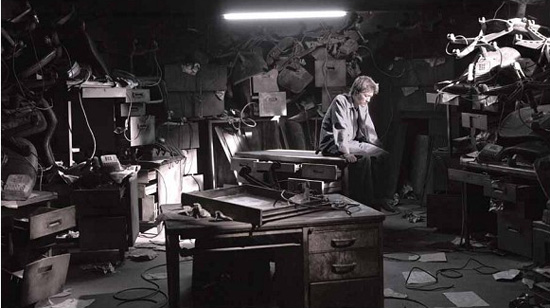
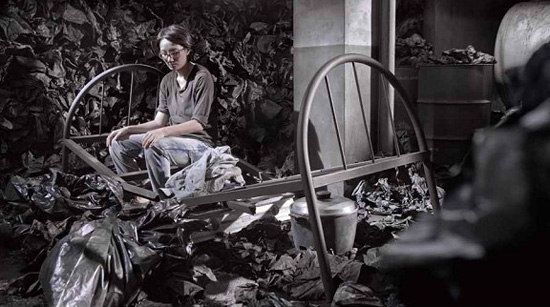
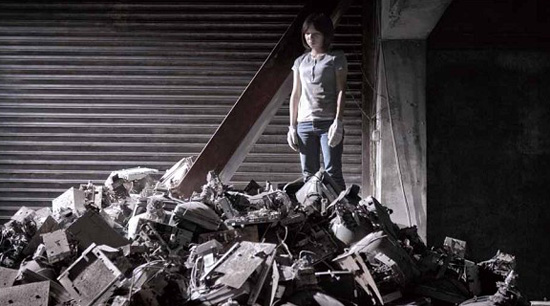
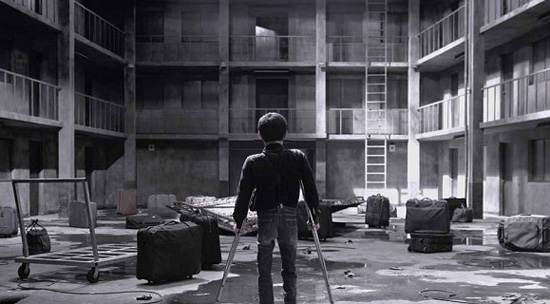
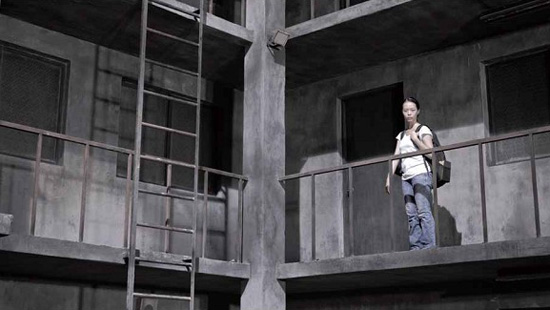
Happiness Building I, HD video, color & b/w, sound, three-channel video
installation, loop, 82minutes, 2012
In 1984, the Taiwanese government declared the introduction of neoliberal
economic policy, and the next twenty years saw relevant bills supporting this
‘democratic’ agenda successively passed into law. These bills were not only the
direct cause of the devastation of countless households, but according to the
generation born after 1980, essential freedoms – rights to work and housing,
voting power, and access to information – were not guaranteed, and the lack of
these basic protections resulted in an intense anxiety creeping into peoples’
lives.
Before photographing Happiness Building I, Chen Chieh-Jen
invited young people without stable work from different backgrounds to, in prose
or verse, recall fragments and recollections of their personal histories. He
then invented a narrative that connected and mapped out the circumstances of
those disparate individuals he would document.
For the set, Chen used an apartment building scheduled for demolition and
renovation. Before construction on the building began, the unemployed
individuals who occupy it – a homeless young woman; a lesbian whose parents
committed suicide after years spent unable to find work; and a female sound
artist who left home after her parents divorced – all prepare to move out, while
outside the building are a group of single women, exhausted from long-term
protesting against the new laws; young women employed to gut recycled computers,
handicapped stage actors long involved in the ‘silent uprising’; girls who,
dissatisfied with their educations, have dropped out of school and begun
assisting in the documentation of the history of the ‘Happy Life Sanatorium’;
and young social activists
who have arrived to help elderly residents move
out. All of these individuals gather in the atrium of the apartment building,
constituting a community that would otherwise never have formed...
Chen Chieh-Jen remains consistent with his filmmaking process. Grounding his
film in the background histories of his characters, he creates a collective film
set, documenting an environment and community that brings together, albeit
briefly, a host of atomised individuals who were previously strangers,
incorporating group collaboration in the completion of a poetic, dialectical
film.
The particular political environment Chen focuses on – in which the
contemporary individual is atomised – and its accompanying universal
significance allow for a re-evaluation of the nature of individual life and of
the ‘unseenness’ internal to a situation. We can ‘hear’ an experience expressed
orally, or ‘see’ an experience expressed visually, but these are just
fragmentary extracts (to the point that they are but false appearances) and
cannot be complete, nor can they recreate the original experience for the
viewer. In the view of the artist, these ‘disconnects’ in between, never able to
be restored, provide a space for the emergence of art and a location for the
production of new memories and imaginations.
| 
